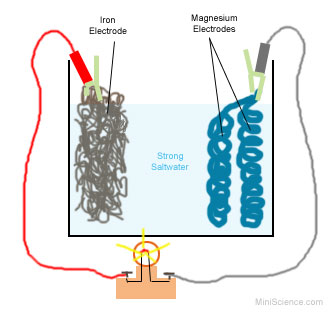
Breaking News
 Liminality: Truthstream Media's Lost History Film | Coming Fourth of July 2026
Liminality: Truthstream Media's Lost History Film | Coming Fourth of July 2026
 This Man Just Explained LA Riots PERFECTLY
This Man Just Explained LA Riots PERFECTLY
Top Tech News
 NVIDIA just announced the T5000 robot brain microprocessor that can power TERMINATORS
NVIDIA just announced the T5000 robot brain microprocessor that can power TERMINATORS
 Two-story family home was 3D-printed in just 18 hours
Two-story family home was 3D-printed in just 18 hours
 This Hypersonic Space Plane Will Fly From London to N.Y.C. in an Hour
This Hypersonic Space Plane Will Fly From London to N.Y.C. in an Hour
 Magnetic Fields Reshape the Movement of Sound Waves in a Stunning Discovery
Magnetic Fields Reshape the Movement of Sound Waves in a Stunning Discovery
 There are studies that have shown that there is a peptide that can completely regenerate nerves
There are studies that have shown that there is a peptide that can completely regenerate nerves
 Swedish startup unveils Starlink alternative - that Musk can't switch off
Swedish startup unveils Starlink alternative - that Musk can't switch off
 Video Games At 30,000 Feet? Starlink's Airline Rollout Is Making It Reality
Video Games At 30,000 Feet? Starlink's Airline Rollout Is Making It Reality
 Automating Pregnancy through Robot Surrogates
Automating Pregnancy through Robot Surrogates
 Grok 4 Vending Machine Win, Stealth Grok 4 coding Leading to Possible AGI with Grok 5
Grok 4 Vending Machine Win, Stealth Grok 4 coding Leading to Possible AGI with Grok 5
The 'holy grail' of batteries:

An 'iron-air' battery has been developed in the US that can store electricity from wind or solar power stations for days at a time, slowly discharging it to the grid.
It will help tackle climate change by reducing the need for fossil fuel power plants, according to technology startup Form Energy, from Massachusetts, US.
The Iron-Air battery is a 'new class of cost-effective, multi-day energy storage system,' that can feed electricity for 100 hours at 1/10th the cost of lithium-Ion, the 'holy grail' in terms of renewable energy technology.
It is made using iron, one of the most common elements on Earth, and works by breathing in oxygen, converting iron to rust, and turning rust back to iron.
As it takes in the oxygen and converts the iron back and forth it is charging and discharging the battery, a process that keeps the energy stored for a longer period.
The batteries are too heavy for use in electric cars, according to the firm, who say they are designed to meet the challenge of keeping a constant power supply.
If development continues at pace, Form Energy hope the first batteries will be working to supply the grid by 2025.
This will solve one of the most elusive problems facing renewable energy, that is how to cheaply store large amounts of electricity and supply it to power grids when the sun isn't shining for solar panels or wind isn't blowing for turbines.
Solar and wind resources are the lowest marginal cost sources of electricity in most of the world, but they don't provide a constant supply like fossil fuel power plants.

 Law n' Order
Law n' Order EMP and EMF-Free Vehicles
EMP and EMF-Free Vehicles HERE COMES THE MOTHERSHIP
HERE COMES THE MOTHERSHIP

